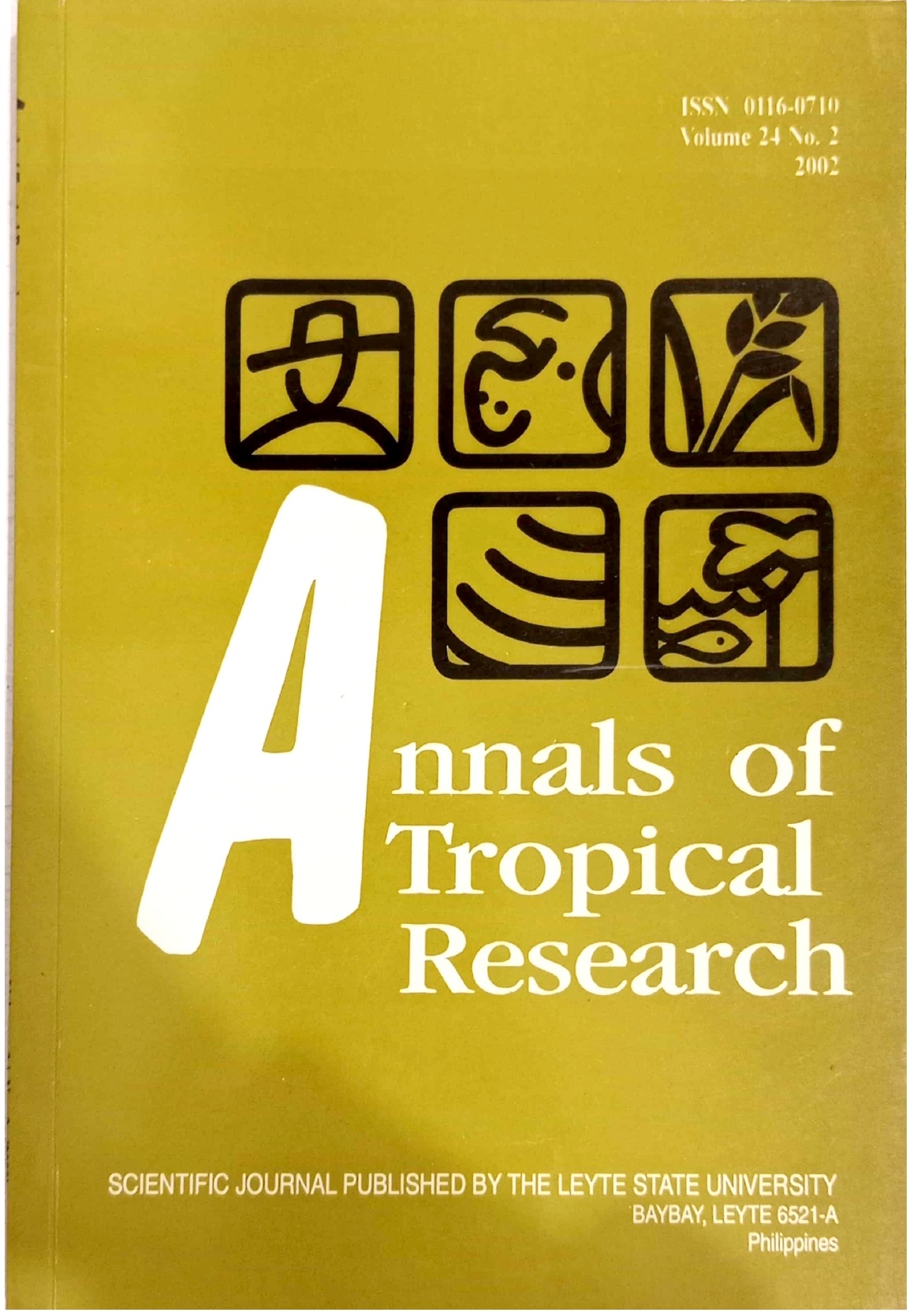Survey of ultraviolet radiation-absorbing mycosporine-like amino acids in adult females of planktonic copepods
Keywords:
UV-absorbing compounds, copepods, mycosporine-like amino acids, neuston, planktonAbstract
The presence of UV-absorbing rnycosporine-like amino acids (MAAs) from nine planktonic calanoid copepod species were investigated. MAA concentrations from methanol extracts of adult females were analyzed by High Performance Liquid Chromatography (HPLC). A total of 4 MAAs were identified, namely mycosporine-glycine, palythine, porphyra-334 and shinorine. Although all the experimental copepods had MAAs, the occurrence of these compounds varied among species. For Acartia omorii, Calanus Sinicus and Pontella spinicauda, 4 MAAs were identified; Pontellopsis tenuicauda and P yamadae, had 3 MAAs while Acartia sinjiensis, Centropages abdominalis, Paracalanus sp. and Sinocalanus tenellus had only one MAA. Concentrations of total MAAs were also assessed. Total MAA concentrations ranged from 3.53 mgC-1 (Pontella spinicauda) to 0.003 µg mgC-1 (Sinocalanus tenellus). Since UV-absorbing MAAs act as a biochemical defense or sunscreen against the harmful wavelengths of UVB, increase content of these compounds, specifically MAAs with UVB-absorbing properties, in all neustonic copepods (Pontella spinicauda, Pontellopsis tenuicauda and P. yamadae) may suggest a physiological adaptation to high UV exposure which is the natural condition in neustonic environment.
Downloads
Submitted
Published
How to Cite
Issue
Section
License

This work is licensed under a Creative Commons Attribution-NonCommercial-ShareAlike 4.0 International License.







